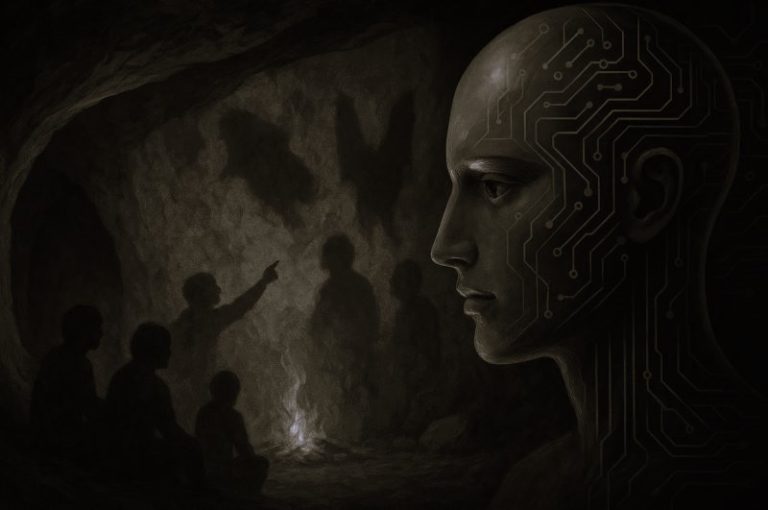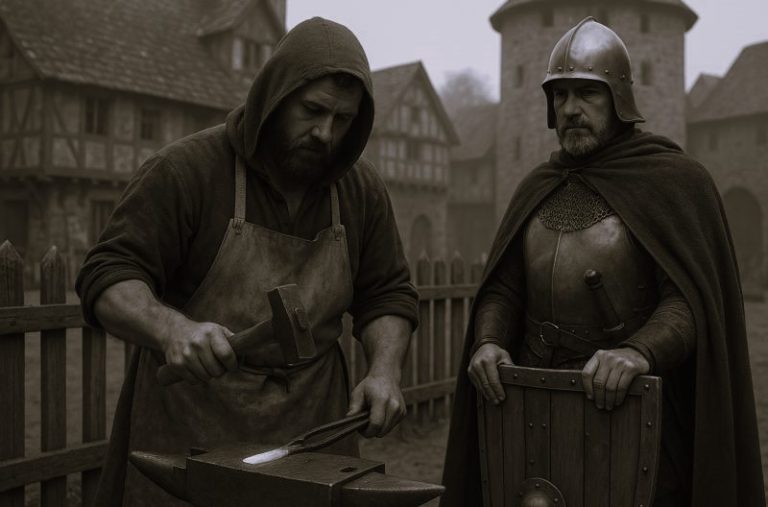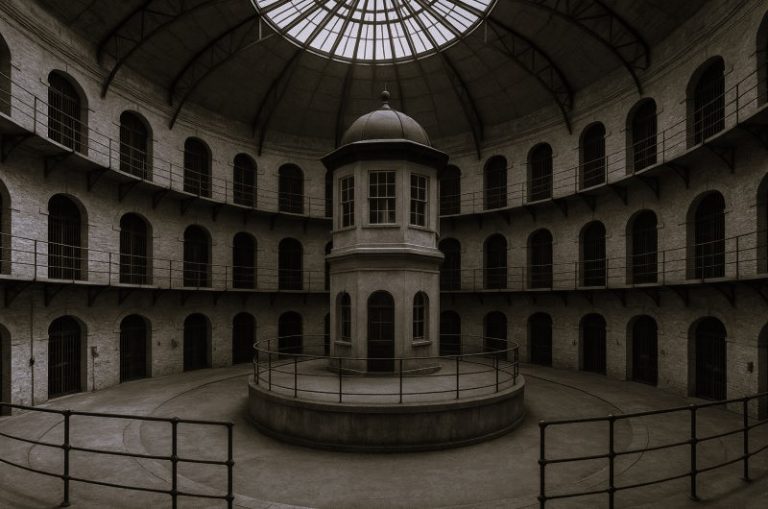

Royal women giving birth often found themselves in a precarious position.

By Dr. Estelle Paranque
Assistant Professor in Early Modern History
New College of the Humanities
European and English queens of the early modern period faced great pressure to produce male heirs to succeed their husbands. When faced with illness, infertility, high infant mortality rates – or even just with female offspring – these royal women found themselves in a precarious position.

For centuries, women – regardless of their rank – have been under pressure to produce children, either to ensure more helping hands in the fields or to secure a dynasty and the continuity of an aristocratic or royal line. The topics of fertility and intimacy, therefore, have always been important ones. For royal women, these topics were even more vital; many of them feared being cast out if they did not fulfil their roles as child bearers and in particular, bearers of male heirs.

We all know the famous case of the first wife of heartless Henry VIII of England, Catherine of Aragon, who – because she did not produce a male heir – was rejected and humiliated at court. For years Catherine begged Henry to save their union and marriage, though her pleading came too late; he already had his eye on another woman. This other woman, this potential mother, would hopefully give him the son – sons, even – he so desperately wanted. That woman was Anne Boleyn. Unfortunately, she was not able to produce a male heir either. Over the centuries, the scene depicting Catherine begging Henry has been portrayed in many paintings, showing the crucial role motherhood played in the prosperity of the queenship.

In this story, I would like to present three more queens – one French and two British – who struggled with fertility and intimacy with their husbands. The first is Queen Anne of Great Britain, who ruled from 1702 to 1714. In 1683 she married George of Denmark and, within months, Anne became pregnant with her first baby. In May 1684, however, she had a stillbirth, and went to Tunbridge Wells to recover from the loss. Over the next two years she gave birth to two daughters, Mary and Anne Sophia, but both daughters died as infants.

In 1689 Anne gave birth to a son, Prince William. After his birth, she became pregnant a number of times, but always suffered miscarriages or stillbirths. This had a tremendous impact not only on her physical health but also on her mental one – as well as creating real concern for the future of the dynasty. During the course of her life, Anne lost a total of 12 children to miscarriages and stillbirths, and her son William also died at the age of nine. Anne’s legacy is, in many respects, linked to her intimate losses. Despite her 15 pregnancies, she never secured the royal and dynastic line which, in reality, was of very little concern compared to the terrible suffering she must have experienced.

Another queen who suffered several miscarriages was Charles II’s wife and consort: the Portuguese princess Catherine of Braganza. In 1662, 23-year-old Catherine married Charles, though she very much missed her home country. During her lifetime Catherine miscarried three times, and due to her inability to produce an heir, Charles’s advisors pushed for a divorce – which he always refused.

Their union was a political one but, over the years, Charles developed a real affection for his wife. Whenever she was disrespected at court for not providing an heir, he would always side with her, defending her honour. In 1678, during the Popish Plot, rumours spread accusing the queen of trying to poison Charles. The king, however, would have none of it; once again, he took his wife’s side. In a letter to her brother, the King of Portugal, Catherine showed gratitude for “the care in which he [Charles] takes to defend my innocence and truth”. The couple never secured the line, but their loyalty towards one another is to be praised.

In 16th-century France, the situation was somewhat different for Catherine de’ Medici. She had married the second heir to the throne, Henry, who would later become Henry II of France. Henry and Catherine ended up securing the line with nine children. Seven of them reached adulthood, with three of their sons going on to become king of France. However, there was initially a large gap between their union in 1533 and their firstborn in 1544, which led to discussions of a potential divorce – as well as huge humiliations for the queen. The reason behind their inability to produce an heir during those years was mostly due to Henry’s infatuation with his elegant, charismatic and hypnotic royal favourite, Diane de Poitiers – and his total lack of intimacy with his wife.

For years Catherine had suffered due to her husband’s neglect, to the point where Diane even offered Catherine advice on Henry’s sexual preferences. The two rivals had one common goal – to secure the Valois line – and, for that, they worked together. Catherine went on numerous pilgrimages, during which she would pray to be blessed with an heir, as well as taking treatments that were believed to help with female fertility. On many of her pilgrimage journeys, she would often make a stop at the Château de Saint-Maur, not far from Paris.

In the end – and despite the humiliation of realising she did not entice her husband in the right way – the royal couple had numerous children together. When her husband died in July 1559, after an accident during a jousting tournament where a splinter entered his eye and damaged his brain, Catherine lived on to see her sons succeed one another. This change of fate made her one of the most powerful women of 16th-century France; she adopted the title Queen Mother of France and remained a political advisor to all of her sons until her death in 1589.

The aim for all these women had always been to have an heir and, if possible, a ‘spare’ – as with Catherine de’ Medici and Henrietta Maria of England. The number-one duty of a queen was – and still is – to produce a male heir and ensure a smooth succession. Catherine of Aragon, Queen Anne Stuart, Catherine of Braganza, and Catherine de’ Medici all struggled with this duty, with some of them even failing completely. However, they also had something else in common: they all remained strong, powerful female voices and leaders who deserve to be remembered for what they achieved rather than what they, in society’s eyes, failed to accomplish.
Originally published by Wellcome Library, 03.22.2022, under the terms of Creative Commons Attribution 4.0 International license.






